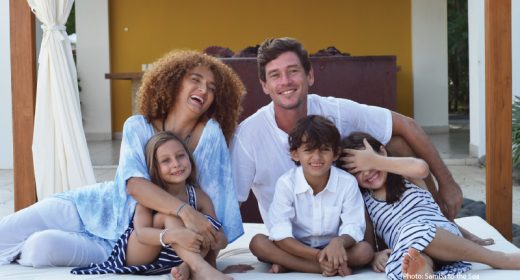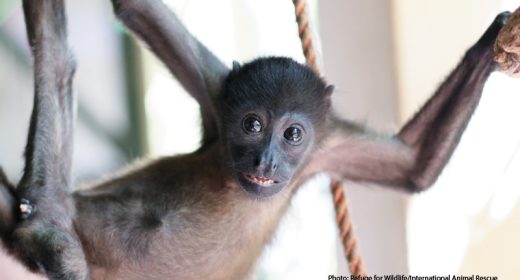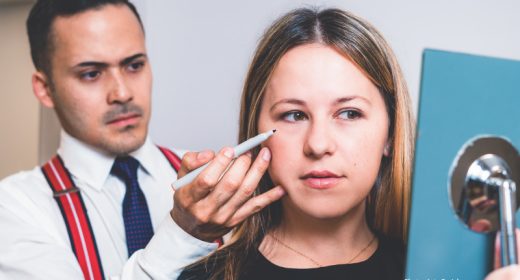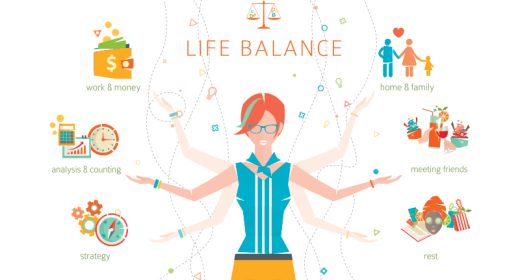
Helping Us Help Injured Wildlife
- JAN 05, 2018Warning: count(): Parameter must be an array or an object that implements Countable in /home/howlermag/public_html/old/wp-content/themes/new-paper/includes/general.php on line 193

Your Lead Paragrpah goes here
Caring for wildlife is a constant privilege in our veterinary practice due to a variety of common circumstances that put animals in their natural habitats at risk.
A leading cause of wildlife trauma that we deal with is the constant exposure of howler monkeys to electrocution from power lines. Other mammals brought to us typically have injuries from car accidents, or in the case of small species like skunks, porcupines and raccoons, from fighting with domestic animals.
Birds are often injured when they fall from their nests in windy weather or are attacked by predators. Seabirds might be hurt in an accident involving boats, causing fractures or even blindness. For reptiles, we usually deal with sea turtles wounded by boats or predators.
What happens to any animal in this kind of situation before it arrives at our clinic can make a critical difference to the outcome. Where wildlife is concerned, it’s important to understand that your best intentions for trying to help might not be the best approach. Seeing an animal in distress does not always mean you need to pick it up and take it to a vet. In fact, doing so might have life-changing negative consequences for the animal’s future well-being.
How to proceed when finding these wonderful creatures will depend on the condition they are in. Observation is the first step. Small mammals might try to stay quiet and appear dead to curtail further attack. If there is external bleeding, panting or pale gums (do NOT try to open the mouth to inspect; it’s extremely dangerous), or if a monkey has been electrocuted, the animal can be disoriented for awhile.
 After observing the animal until about 30 minutes has elapsed from the time of injury, if it is unable to climb or move, veterinary attention should be sought. But if there is respiratory difficulty or evident blood loss, it’s an emergency. If you know how to handle the animal, go ahead and take it to a veterinarian. You can call Hospital Veterinario Cavallini at 2652-9009 or SalveMonos at 2653-0082 and they will explain how to proceed.
After observing the animal until about 30 minutes has elapsed from the time of injury, if it is unable to climb or move, veterinary attention should be sought. But if there is respiratory difficulty or evident blood loss, it’s an emergency. If you know how to handle the animal, go ahead and take it to a veterinarian. You can call Hospital Veterinario Cavallini at 2652-9009 or SalveMonos at 2653-0082 and they will explain how to proceed.
Restraint methods are different depending on the type of animal, but in general, do not put yourself at risk of getting bitten or attacked. Use large, strong towels when picking up an animal that has been hurt and make sure during transportation that the animal cannot escape, hurt itself or hurt anyone involved in its transportation.
After caring for injured monkeys, our clinic returns those that are healthy enough back to the same place where they were found to be reunited with their troop again. Monkeys that are not yet healthy enough go to Refugio de Nosara for longer-term care before reintroduction to the wild. Just to give Howler readers an idea, a baby monkey that is not going back to its mom will need at least three years of care to be ready for release.









